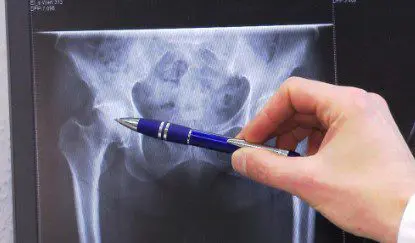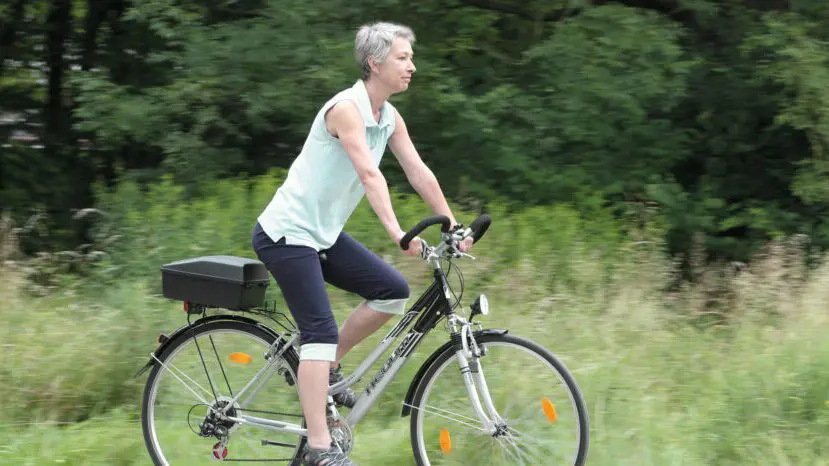
To this day, cartilage damage caused by wear and tear cannot be repaired or reversed.
Alternative therapies are mainly aimed at pain relief. According to studies, self-therapy by the patient is the most important success factor. Low-impact movements, such as cycling or swimming, can often alleviate the symptoms. Painful overloading should be avoided. Regular stretching exercises and good muscular joint control can also be helpful. Body weight also plays an important role: a reduction in weight relieves the knee considerably.

Medication and painkillers
If pain reduction is insufficient, medication and dietary supplements may be an option. Chondroitin sulphate, glucosamine, turmeric and omega-3 are considered to be cartilage-protective and anti-inflammatory. Anti-inflammatory drugs such as ibuprofen or diclofenac are also effective, but should only be used when necessary and for a short time. Regular use should be discussed with your doctor.
Infiltration therapy and autologous blood
In the case of acute, inflammatory pain, infiltration therapy of the hip joint is also possible. Depending on the severity of the cartilage wear, infiltration with hyaluronic acid can be helpful.
A cortisone preparation is usually used to inhibit inflammation. However, such therapies should not be repeated too frequently or at too short intervals. It should be emphasized that after a cortisone injection into the joint, surgery should not be performed for the following 3 months due to the increased risk of infection. In most cases, a cortisone injection has a less positive effect than on the knee joint, for example. You will be advised on the advisability of an infiltration during our consultation. Alternatively, we also offer the option of autologous blood therapy in our practice. According to studies, it is more effective than cortisone for early osteoarthritis.
Infiltration with a local anaesthetic alone can also be helpful for diagnostic reasons to determine the source of the pain if, for example, back pain is present at the same time. Infiltration often makes it possible to differentiate which part of the pain is actually hip-related.
Cartilage transplantation and hip arthroscopy
Therapies such as a cartilage transplant generally work less well than on the knee joint, for example, due to the stress on the joint. Hip arthroscopy and cartilage smoothing is generally not indicated for established hip osteoarthritis. The necessary expansion of the joint and inflation with positive pressure can even lead to activation of the osteoarthritis and worsening of the pain.
Decision on surgical treatment
If, despite the measures mentioned, the symptoms are not sufficiently alleviated or if there is a significant restriction in mobility and quality of life, surgical treatment should be considered.
In the case of advanced osteoarthritis, artificial joint replacement is the treatment of choice – i.e. a hip prosthesis. The most important criteria are not the X-ray image or the severity of the osteoarthritis, but your symptoms, pain and limitations. Accordingly, your personal feelings are an important factor in determining the “right” time for surgery.
Indications for the decision to perform hip surgery are, if they are
- Being able to walk for less than 1 hour without pain
- Have problems putting on shoes and socks
- Your quality of life and activity is significantly restricted
- Have pain at rest and at night
- need pain medication more frequently
The decision for an operation is made in a personal consultation with us, whereby we act as consultants.